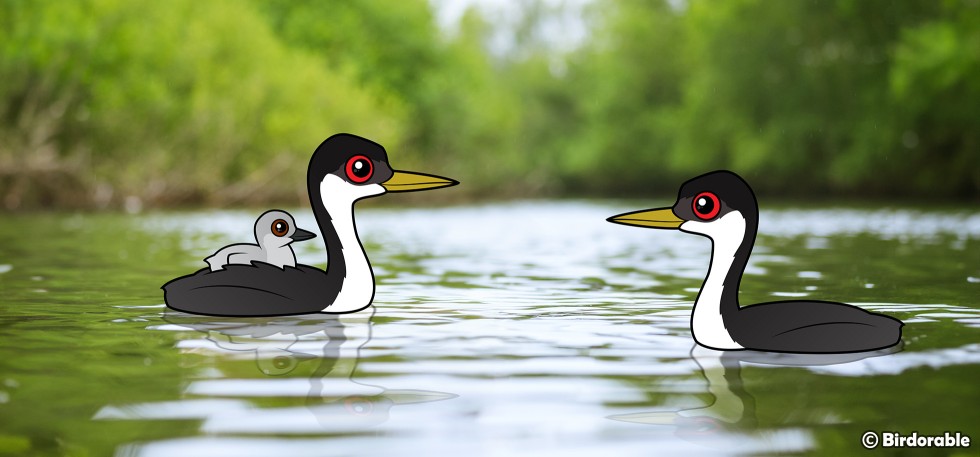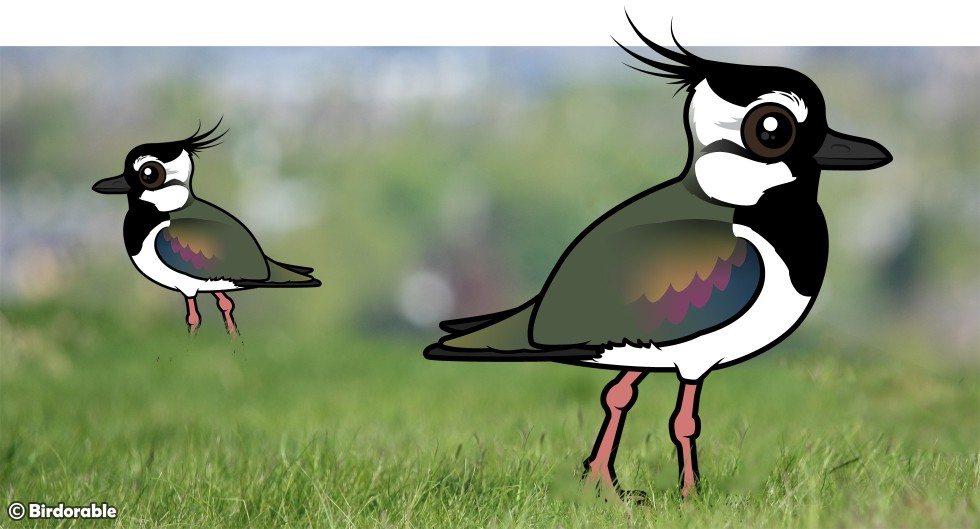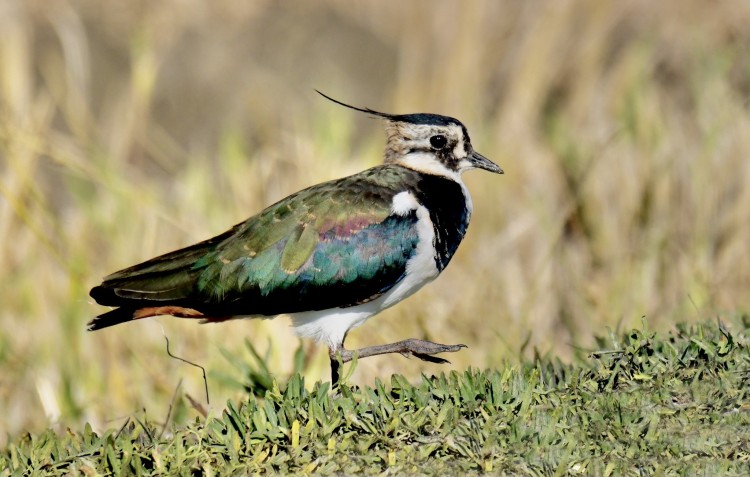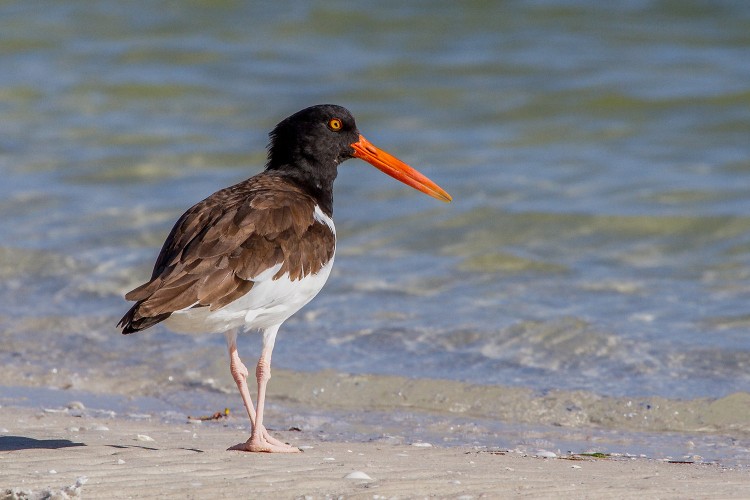The Western Grebe, with its sleek silhouette and dramatic courtship displays, has recently been added to Birdorable, bringing a touch of whimsy to this distinguished water bird. Native to North America, Western Grebes are celebrated for their elegance, aquatic prowess, and the intricate dances that define their mating rituals.
Living predominantly on lakes and coastal waters, Western Grebes have adapted perfectly to their aquatic environments. Their long, slender necks and striking black-and-white plumage make them a sight to behold, gliding gracefully over the water's surface. However, it's their courtship dance that truly sets them apart, a ballet so synchronized and fervent it seems almost too fantastical to be real. During these rituals, pairs of grebes perform a mesmerizing display that culminates in a frenetic dash across the water, side by side, creating the illusion of walking on water. This display of agility and coordination is not just a testament to their physical capabilities but also a critical part of their bonding process.
Beyond the spectacle of their courtship, Western Grebes exhibit remarkable familial bonds. Both parents are deeply involved in the upbringing of their chicks, from incubation to teaching them to swim and dive for food. Perhaps one of the most heartwarming sights is that of grebe chicks riding securely on the backs of their parents, peeking out from among the feathers. This not only keeps the young safe from underwater predators but also provides a warm, secure platform from which to explore the world.





































